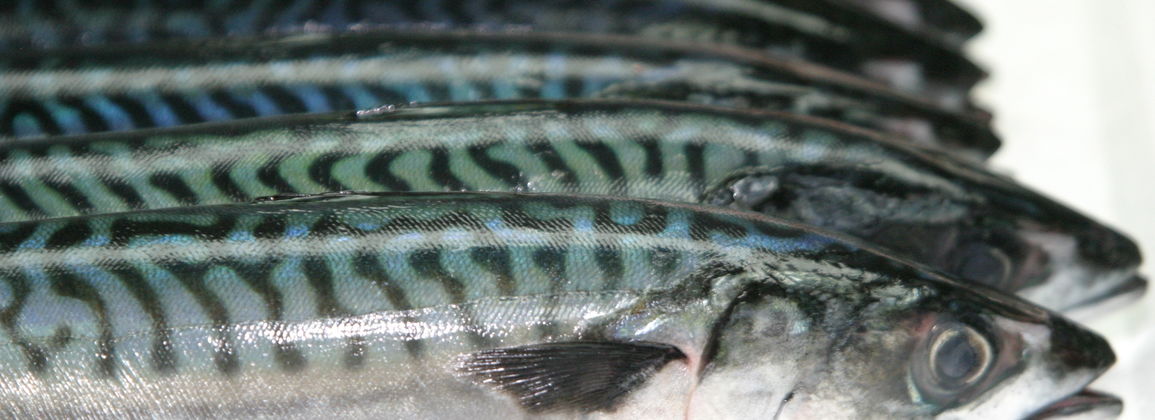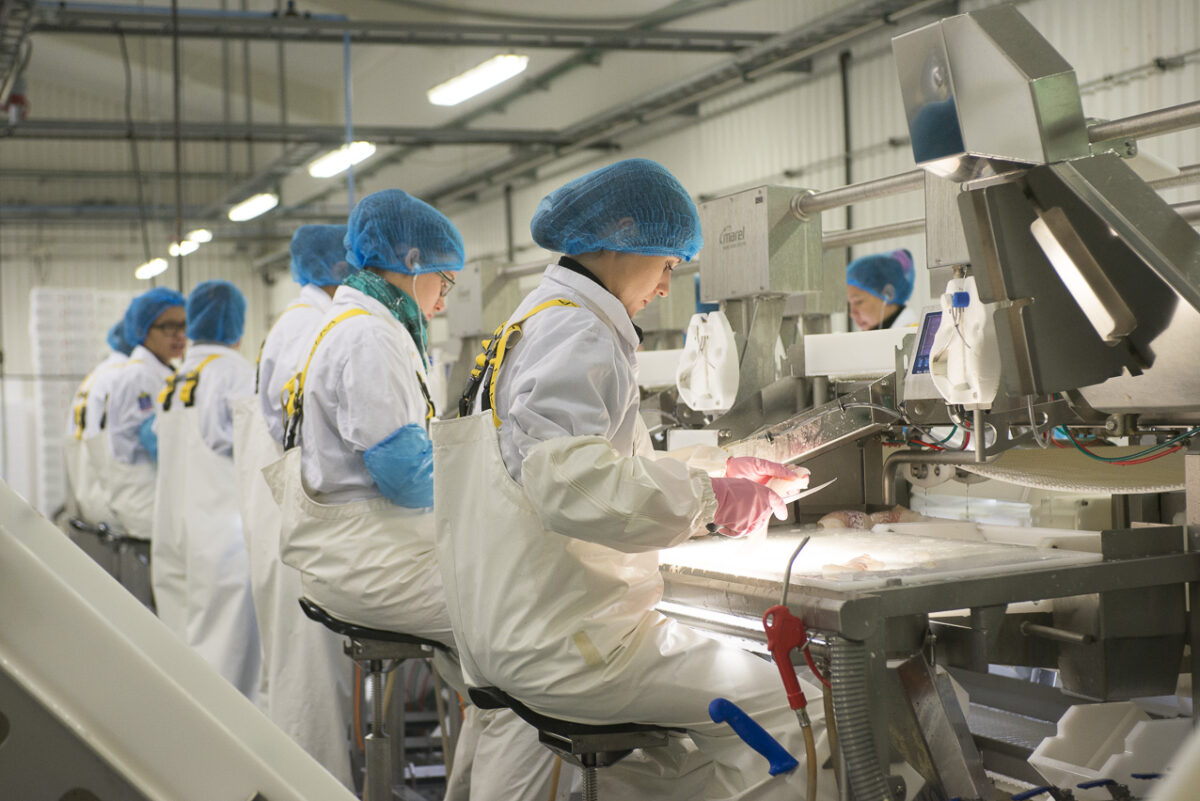Cooperation on research and development in the fisheries sector is part of Iceland's development cooperation. In this way, the aim is to utilize Icelanders' expertise in the field where Icelanders are at the forefront, so that, among other things, improved food security can be promoted on the basis of sustainable resource utilization. Such co-operation has recently revealed results that strengthen the arguments for the importance of good and disciplined work methods in the production of fish fillets.
In the recent month of May came out article in the Journal of Food Engineering on the effects of ambient temperatures and pending raw material processing. The article is based on a study conducted in collaboration with Icelanders' emphasis in development cooperation, where it is planned to utilize Icelanders' expertise in the field of fish processing. The study was carried out jointly by private companies and public bodies, and such co-operation is part of Iceland's contribution to meeting the world's goals.
A Chinese student United Nations University School of Fisheries (UNU-FTP), Mu Gang, worked on the research under the guidance of Icelandic instructors during his study stay in Iceland. Mu Gang's instructors were dr. Kristín Anna Þórarinsdóttir at Marel, Ásbjörn Jónsson and Arnljótur Bjarki Bergsson at Matís and the research was carried out at Matís.
The article provides results that strengthen the argument for the importance of good and disciplined work methods in the production of fish fillets. Purposeful cooling plays a key role in preserving quality. As important as it is to minimize the damage to the fish from fishing to consumption, it is also important to reduce any delays that may occur in the processing process. As has been stated another level bleeding, haemorrhage (bleeding), washing and cooling are important on board fishing vessels, the same applies to the efficiency and maintenance of low temperatures during fillet processing.
Although every effort is made to work well in processing fish into fillets, it may happen that fish do not find their way through the processing as quickly as expected or that fish pass through a space that is warmer than would be preferable. . The results of the study show well the consequences if one deviates from the established procedure, ie. to maintain a low temperature throughout the processing process, even if the deviation is short-lived. High ambient temperatures and processing delays lead to a reduction in the weight and value of products. It is therefore important to avoid bottlenecks that lead to the accumulation of fish in processing channels, especially in slightly chilled conditions. In addition, it is important that the temperature of the products during packaging is as close as possible to the storage temperature.
The knowledge created by the research is an example of the fruit of Matís' long and successful collaboration United Nations University School of Fisheries with Icelandic fisheries companies as well as companies that serve the Icelandic fisheries sector, such as Marel. Extensive knowledge is created in the university community and researchers have worked in extensive collaboration on its development and implementation at strong, responsible fisheries companies. Cooperation on the application of knowledge has enabled the Icelandic fishing industry to make great strides, and this has been noticed around the world. It has made the Icelandic fishing industry theirs knowledge industry who he is today and lives in the field for his development for the future.
Marel is one of Iceland's largest export companies and a world leader in the development and production of advanced equipment and systems for fish processing.
Matís provides advice and services worldwide to customers such as companies fisheries and agriculture. Matís assists customers in the development and implementation of knowledge, including new processes for companies with the application of science.
Icelandic fisheries companies work on value creation with sustainability as a guiding principle, biological, economic and social.
The United Nations University School of Fisheries is one of four United Nations universities hosted in Iceland with the aim of enhancing fisheries expertise; fisheries and fish processing in developing countries.



